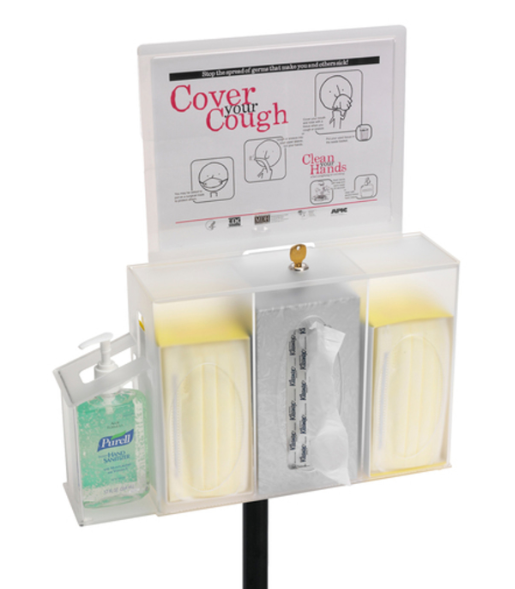In today's world, maintaining proper hygiene is more important than ever for overall health and well-being. Whether at home, in the workplace, or in public spaces, having a designated hygiene station can play a crucial role in promoting cleanliness and preventing the spread of germs and infections. In this article, we'll explore the concept of a Hygiene Station, its components, and how to set up one effectively to encourage good hygiene practices.
- Understanding the Importance of Hygiene: Before delving into the specifics of a hygiene station, it's essential to grasp the significance of maintaining good hygiene. Proper hygiene practices, such as handwashing, sanitizing, and surface cleaning, help prevent the transmission of infectious diseases, including colds, flu, and COVID-19. By promoting hygiene awareness and providing accessible resources, individuals can reduce the risk of illness and create safer environments for everyone.
- Components of a Hygiene Station: A hygiene station typically consists of essential supplies and equipment for maintaining cleanliness and hygiene. The key components include:
- Hand Sanitizer: Alcohol-based hand sanitizers are effective in killing germs and bacteria when soap and water are not readily available. Choose hand sanitizers with at least 60% alcohol concentration for optimal effectiveness.
- Hand Soap and Paper Towels: Handwashing with soap and water is one of the most effective ways to remove dirt, germs, and viruses from hands. Provide liquid hand soap and disposable paper towels for thorough hand hygiene.
- Disinfectant Wipes or Sprays: Disinfectant wipes or sprays are useful for cleaning frequently touched surfaces, such as doorknobs, countertops, and shared equipment. Opt for EPA-approved disinfectants that are effective against a broad spectrum of pathogens.
- Waste Receptacle: Place a trash bin nearby for proper disposal of used paper towels, wipes, and other disposable items. Ensure that the waste receptacle is lined with a plastic bag and regularly emptied to maintain cleanliness.
- Signage and Educational Materials: Display informative posters or signs outlining proper handwashing techniques, respiratory etiquette, and hygiene guidelines. Educational materials can reinforce good hygiene practices and raise awareness among users of the hygiene station.
- Setting Up a Hygiene Station: When setting up a hygiene station, consider the following factors to ensure its effectiveness:
- Location: Choose a central and easily accessible location for the hygiene station, such as near entrances, common areas, or high-traffic areas. Ensure that the station is visible and prominently marked for user convenience.
- Accessibility: Make the hygiene station easily accessible to everyone, including individuals with disabilities or mobility limitations. Install hand sanitizers at various heights to accommodate users of different ages and abilities.
- Stocking and Maintenance: Regularly check and replenish supplies to ensure that the hygiene station remains fully stocked at all times. Assign responsibility for monitoring and maintaining the station to designated personnel or volunteers.
- Compliance with Regulations: Familiarize yourself with local health and safety regulations governing hygiene practices in public spaces, workplaces, and educational institutions. Ensure that the hygiene station complies with relevant guidelines and standards.
- Promoting Hygiene Awareness: Encourage hygiene awareness and compliance by implementing educational initiatives and communication strategies:
- Training and Education: Provide training sessions or informational workshops on proper handwashing techniques, sanitization procedures, and hygiene etiquette. Empower individuals with knowledge and skills to practice good hygiene habits.
- Communication Channels: Utilize various communication channels, such as signage, emails, newsletters, and social media platforms, to disseminate hygiene-related information and updates. Keep users informed about the importance of hygiene and any changes to the hygiene station protocols.
- Lead by Example: Model good hygiene behaviors yourself and encourage others to follow suit. Demonstrate proper handwashing techniques, use hand sanitizer regularly, and maintain cleanliness in shared spaces to set a positive example for others.
Conclusion: A hygiene station serves as a focal point for promoting cleanliness, health, and wellness in any environment. By providing essential supplies, educating users, and fostering a culture of hygiene awareness, organizations and communities can create safer and healthier spaces for everyone. Whether in schools, offices, healthcare facilities, or public venues, investing in a well-equipped and strategically placed hygiene station is a proactive step towards preventing the spread of infectious diseases and promoting overall well-being.
For more details, visit us:





Comments